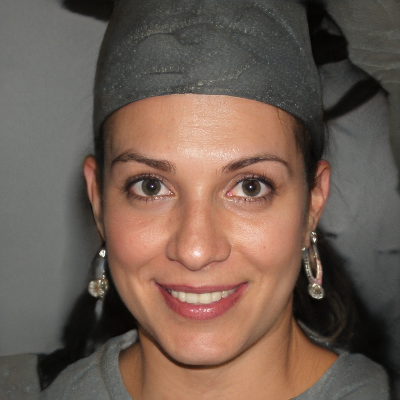Evolution of music - Part 1
 Delina /
21. 07. 26. 오후 6:55
Delina /
21. 07. 26. 오후 6:55
 Delina /
21. 07. 26. 오후 6:55
Delina /
21. 07. 26. 오후 6:55
The closer we get to the present day, the more difficult it becomes to distinguish these "great styles". There emerge currents of two or three composers, and then - specific composers with a powerful personality, who managed to work in several styles at once, or became phenomena in their own right.
Dutch polyphonists
You probably know the names of Dutch painters, the famous "Old Masters": Jan van Eyck, Rogier van der Weyden, Hieronymus Bosch. Even if you haven't, you have certainly seen canvases or fragments of paintings by these artists: they are often copied, quoted, reproduced in popular culture. We got used to them and grew to love them. The Dutch composers who roughly coincide with them in time (fifteenth and sixteenth centuries) have a similar view of the world: it is a combination of enthusiastic mysticism, colossal scholarship and incredible imagination, rooted in a phantasmagoric, fairy-tale folk world. Unfortunately, these great masters are still less well known to us than the painters of the same time: after the onset of the Baroque era (eighteenth century) they were consigned to total oblivion, only to rise from oblivion in the twentieth century. The process of "remembering" their names, of bringing their music back to the stage is not yet complete. We are living with you in a very interesting era of their restoration to the status of the greatest European composers.
Talking about "the stage" here, however, is not quite right. The fact is that in the era of these composers, concert practice with artists on stage and an audience in the hall did not yet exist (incidentally, this is one of the reasons why the music of the Dutch giants remained in oblivion for so long). There were no secular public concerts such as we now attend; music was performed either in church or among enlightened aristocrats. Popular, still unwritten music culture was widespread among the peasantry and the poor urban population.
The music of the Dutch polyphonists is the juiciness and magic of folk imagery and folk songs plus the stately, intellectual structure of church music, its rigor and total regulation by rules. Dutch masters wrote only polyphony - and the most complex, the most fairy-tale and puzzling: imagine music where sixteen or even more independent parts sounded simultaneously!
This music still sounds ancient and "strange" to us (the same is true of the medieval and early Renaissance music discussed above), because it lies outside the major-minor system. Roughly speaking, it is a way of composing music that proceeds from two chords (sets of sounds) - major and minor. We identify everything written with these "sets" as joyful or sad - this is the habit of the European ear. We check major and minor music against our emotional experience and perceive it with ease. Major and minor will become established in music a hundred years after the Dutch polyphonists (that is, the "habit" we mentioned is about four hundred years old), but for now we can marvel at their music - as if aemotional, unearthly, otherworldly.
The major works of the Dutch polyphonists are in spiritual genres: Mass (music of the Catholic liturgy) and motet (a polyphonic composition on a spiritual text). Composers of this school also wrote wonderful secular music: these are renaissance polyphonic songs (this genre is called chanson) and madrigals (secular poems set to vocal music).
The major-minor system is the arrangement of music in which it is constructed of sounds in major and minor. The easiest way to imagine them is in the form of scales: for example, if you press in a row all the white keys from "C," you get a major sound scale. We used to think of a major scale as sounding "joyful" and a minor scale as sounding "sad".
Mass in the musical sense, is what is heard during the Catholic liturgy. It is a multi-part spiritual composition for choir on a Latin text.
A motet - A polyphonic work for voices; can be spiritual or secular.
Chanson - Originally, a multi-vocal song to French poetry. Chanson has its roots in the songs of the trouver: the poet-musicians who composed exquisite love songs in medieval France. Not to be confused with the modern meaning of the word in Russian: pop songs in the spirit of "violent" crime romance.
Compositors - Johannes Okeghem, Josquin de Pré, Orlando di Lasso
Resources:
- Catholic Baroque Sacred Music
- Dellina